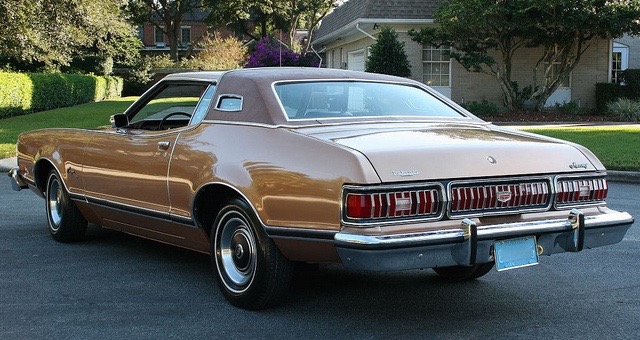Above is the embarrassing (to General Motors) Fortune Magazine cover of 22 August 1982 showing A-body cars from four different divisions with the same paint color. Some background on the matter is here.
The similarity was a cost-cutting measure at the time the corporation was beginning to experience financial constraints due to loss of market share. Thereafter, GM made a greater effort to make its various brands more visually distinctive again.
This post features front end designs of the models shown in Fortune in order to show what effort GM had made on that critical part of the car's brand identification. The Fortune cover cars were posed to maximize their similarity.
Taking the brands in alphabetical order, here is the 1982 Chevrolet Celebrity. It features rectangular quad headlights paired with rectangular running and turn-indicator lights. Between is a typical Chevrolet grid grille sporting the brand's traditional "bow tie" emblem. The bumper is an unadorned horizontal element.
Chevrolet is GM's entry-level brand, whereas Buick in those days was slotted between Oldsmobile and Cadillac. Shown here is a 1982 Buick Century from a Canadian brochure. It too has rectangular quad headlights, but turn indicators are at the front of the fenders. The grille, mounted higher than the Chevy's, has a more elaborate grid design and there is a Buick badge at the center,
The 1982 Oldsmobile Cutlass Ciera has a grid grille with a center plate holding the Olds badge. This design was on other Oldsmobile models of that time, adding some brand flavor. However, still other Olds models had different grille themes, so the effect was watered down. Lights are arranged similarly to the Buick's. The bumper is cut down a little to accommodate the grille design.
The '82 Pontiac Phoenix lacks quad headlights and has a version of the brand's divided grille theme put in place around 1960.
My personal experience at the time was that while I could distinguish A-bodied brands from one another, I was strongly aware of how similar the cars seemed overall. When the Fortune issue was published, I nodded in silent agreement.
UPDATE:
A reader (in a comment, below) with sharper eyes than mine notes that the appropriate Pontiac was the 6000, not the Phoenix. This becomes obvious when looking at four-door models rather than the two-door variety. Here is an image of a 4-door 6000 that I quickly grabbed off the web.
Here the hood stamping seems the same as that seen on the other cars, or nears so. Another likely win for the bean counters who influenced this unfortunate experience for GM.



























































